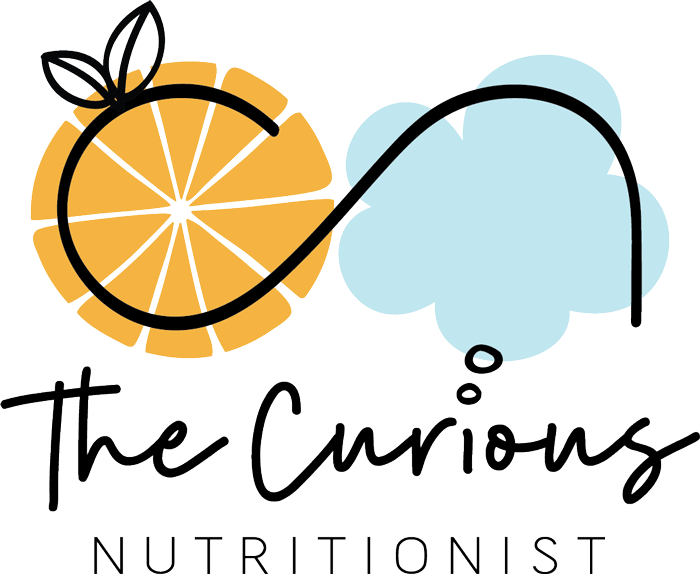Confession: I’m a teacher, nutritionist and feeding therapist. I refuse to place a bunch of soft drink bottles on a table along with sugar cubes and ask children to guess how much sugar is in each drink. Nor do I use the same concept with chocolate bars, lollies, cereals, condiments and fruit.
Why I hear you ask?
Yes, this task is visual and tactile and it can be a fun guessing game but, is it really helping children curb their sugar intake? Possibly yes, in the short term because it has instilled fear and worry. And for some personality types, this seemingly innocent activity and surrounding discussion can result in a full-blown eating disorder. An extreme situation but this is the reality of the anti-sugar movement. This kind of activity is far from gold standard or quality teaching.
How does a child think?
Primary aged children are rule-based thinkers. They think logically and focus on one aspect of a situation. Therefore, it’s common that they fixate on ideas and concepts. The problem with the task mentioned above is that it’s explicit in teaching that sugar is something to be worried about. As a result, children can develop irrational thoughts and these thoughts can’t be easily undone. The vulnerability of the child’s stage of cognition allows for health messages to be misconstrued due them trying to piece together information from parents, teachers and even the media. The brain works a little bit like a sentence with missing words; they misinterpret and reimagine information to make their own meanings.
What’s wrong with the anti-sugar movement?
As a nutritionist, I need to promote health messages that are current and evidence-based in an ethical manner. The problem with the anti-sugar movement is that fear-mongering and misinformation drive misguided belief-based messages and twisted truths. The human body is complex in biology and genetics as well as our environment it interacts with. The simplicity of the message ‘quit sugar’ or ‘eat less sugar’ neglects to recognise that health is far beyond a single ingredient like sugar. When we demonise sugar, we add it to our ‘don’t eat’ or ‘bad food list’. This consumes our thoughts and creates higher stress levels. The more unattainable we try to make it, the more powerful it becomes. If we see all foods can be available to us then we’re removing power from that single ingredient, sugar. Tuning into our body and recognising when we’re stressed, tired, overworked and unwell are more beneficial than quitting sugar.
What about those children who have sugar-filled lunch boxes?
This is a super complex area to delve into but maybe consider that your values and the child’s family values are different. Eating is complex and has multiple steps to become competent and it’s not about filling a lunch box with healthy food that makes it better. We need to remember the years of eating experience children have compared to adults. Children think differently about food; our moralistic views aren’t understood by a child’s brain that thinks in sensory terms when it comes to eating.
How do we teach children not to eat too much sugar?
We focus on building children’s repertoire of food from the five food groups and include discretionary foods. Eating sugar-laden foods alongside whole foods keeps foods on an even playing field. Parents can make decisions on serving sizes and frequency of consumption when it comes to sugary foods. Refraining from commenting on foods and their nutritional value help children to develop positive relationships with it. For example, rather than saying, “no you can’t have more chocolate, you’ve had too much sugar today,” try, “that’s enough chocolate for today, you can choose a small chocolate bar to put in your lunch box later in the week.” This way children still see that the food is available to them. You’re also, without explicitly stating it, that it’s a ‘sometimes’ food.
It’s essential that we help children develop language to engage with their body; how it feels when they don’t eat enough or eat too much. The feeding experience is unique to each individual and developing adaptive behaviours to eating a range of foods requires social support. Building eating competency over time with frequent family meals is fundamentally the most effective way for children to learn about food. Let’s recognise the need for positive food experiences in children’s lives and prioritise learning situations that support this.


Reblogged this on Lose Weight, No Bullshit and commented:
This. Ever so much this.